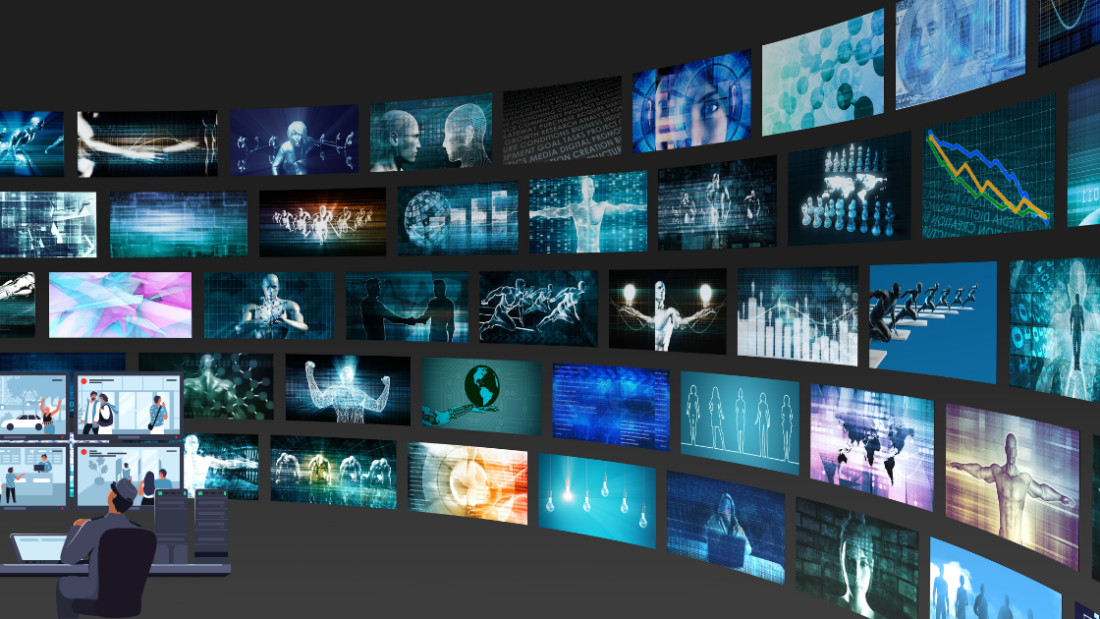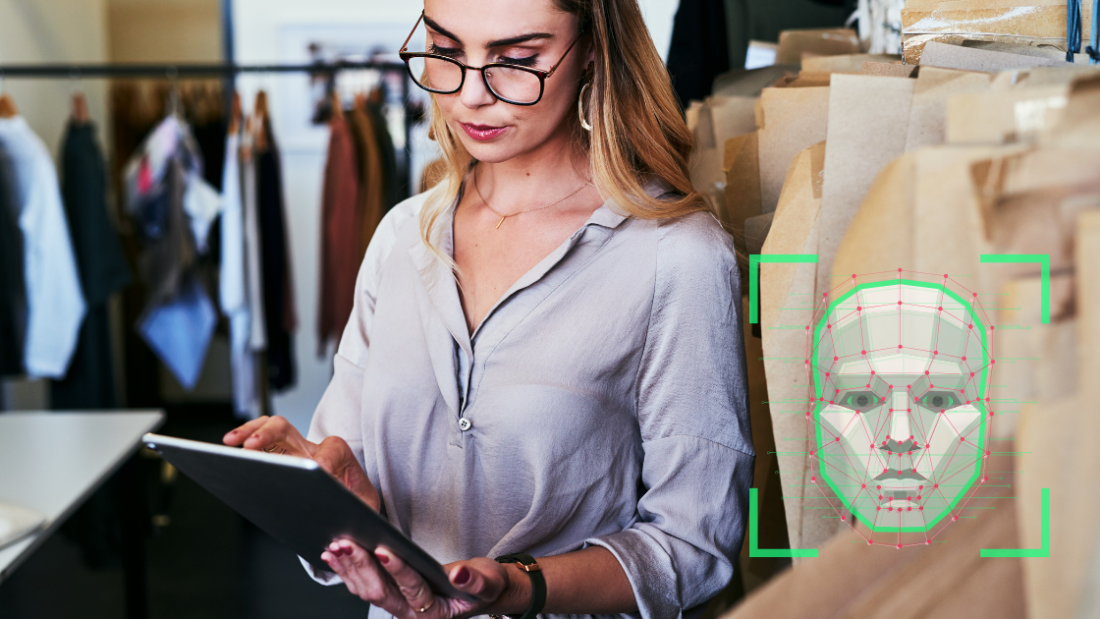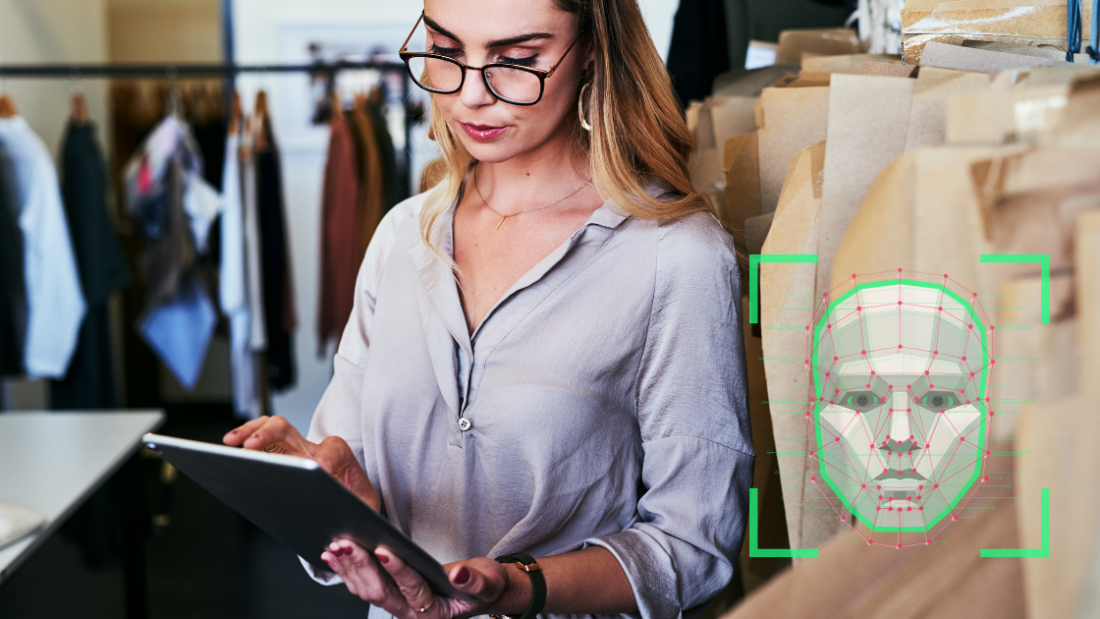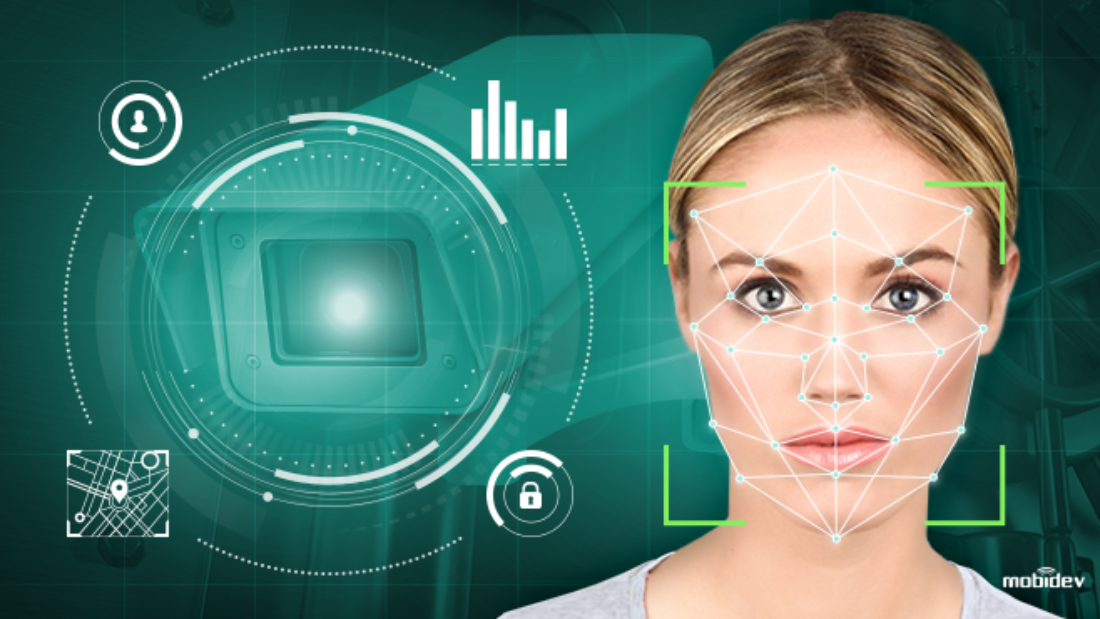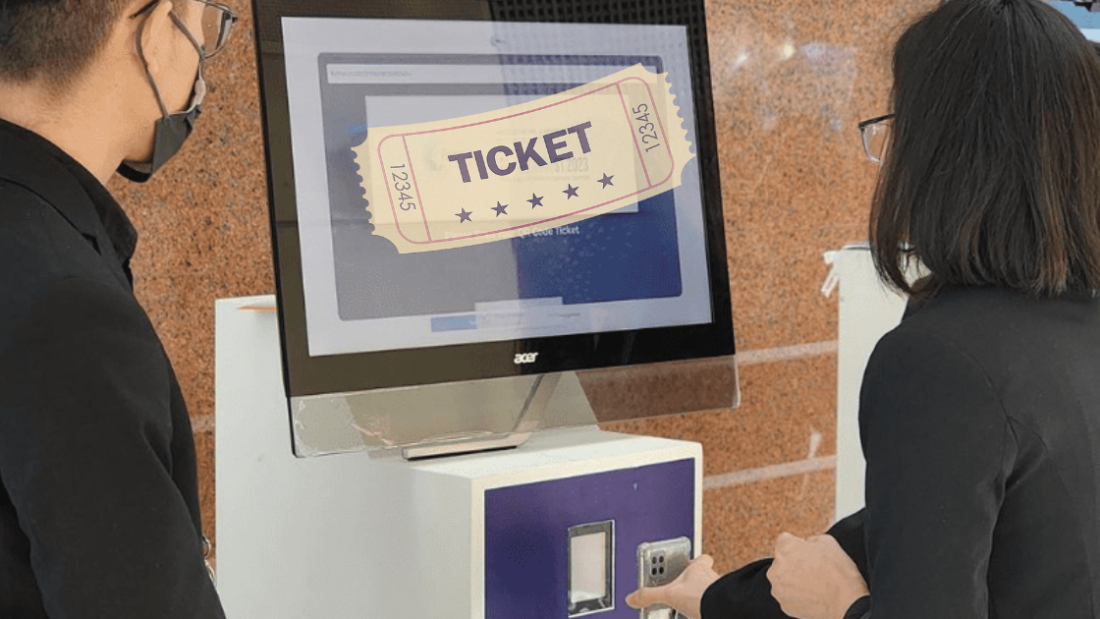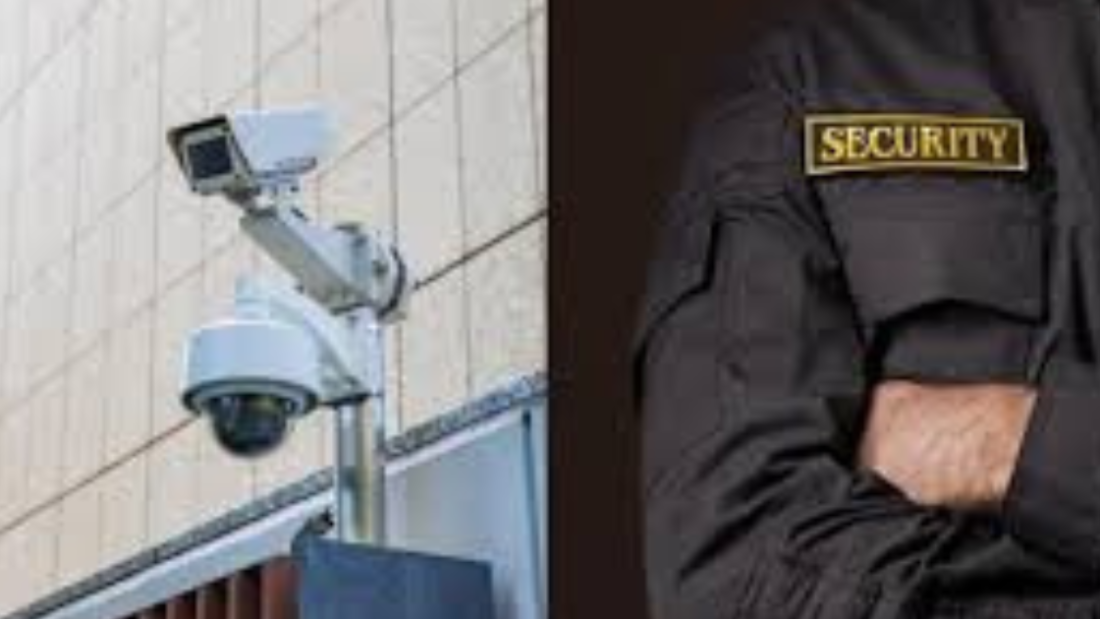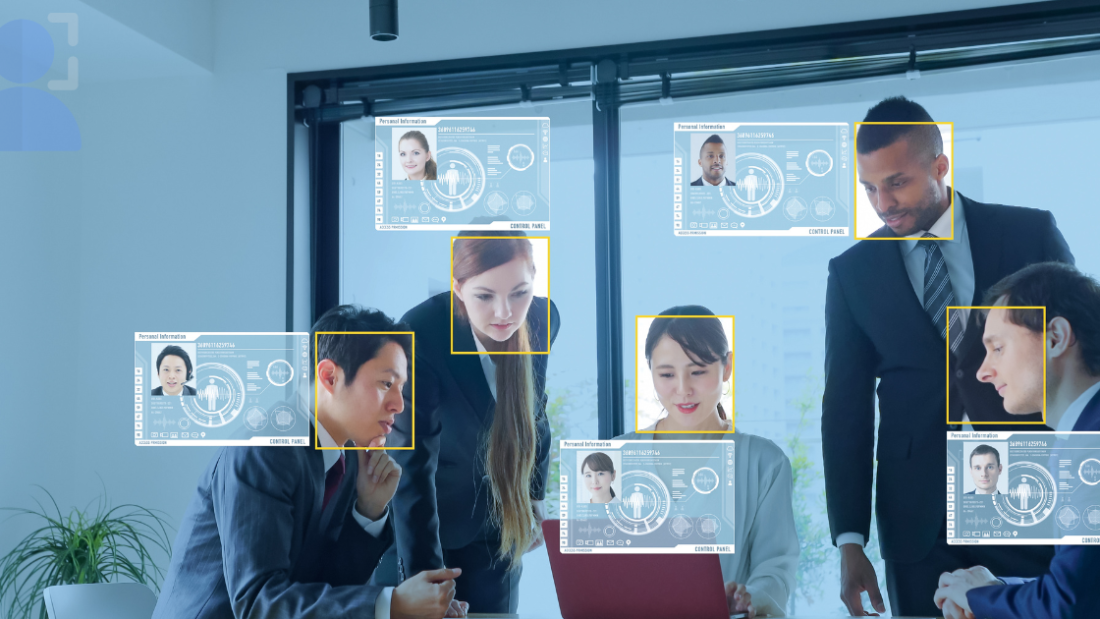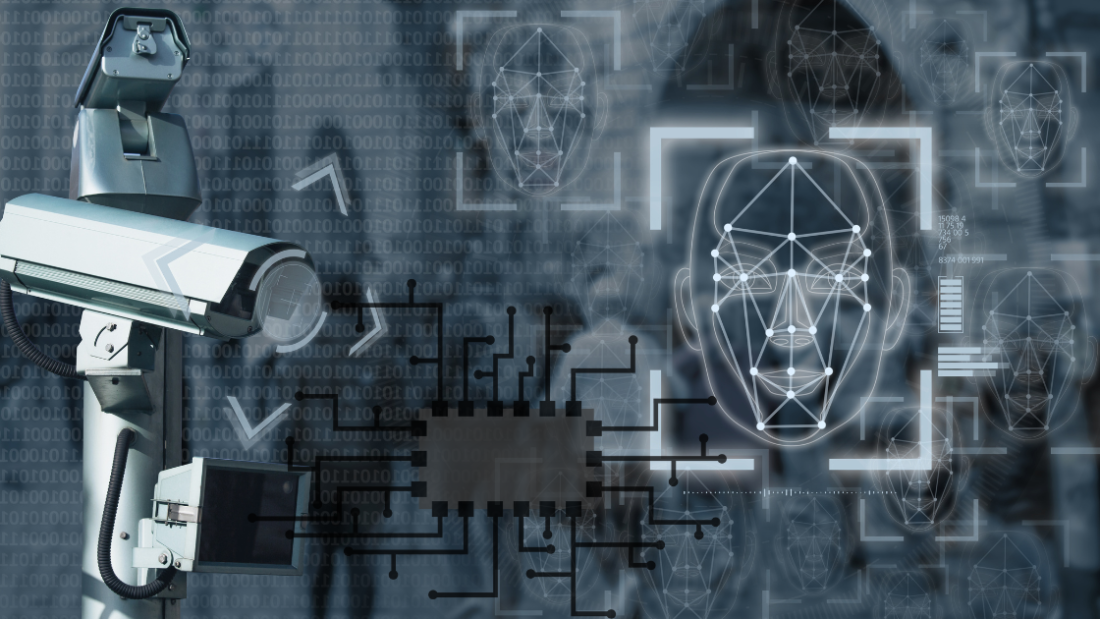Curious about how to supercharge your content strategy? Dive into the world of video analytics! Uncover the secrets behind optimizing your video performance, understanding viewer behavior, and boosting engagement. Discover the power of data-driven insights to refine your marketing efforts and captivate your audience like never before. Are you ready to harness the potential of video analytics to skyrocket your success?
Understanding Biometrics and Analytics
Biometrics in Analytics
Biometrics, such as fingerprints or facial recognition, play a crucial role in analytics. These unique biological characteristics are used to identify individuals accurately.
Biometric data is integrated into analysis by converting these physical traits into digital information. This data is then processed to extract valuable insights.
Utilization of Biometric Data
Analytics leverages biometric data for various purposes. It aids in identifying patterns, trends, and anomalies within datasets. By analyzing biometric information, businesses can enhance security measures and personalize user experiences.
Biometric analysis also assists in fraud detection and prevention. For instance, financial institutions utilize biometric markers to verify the identity of customers and prevent unauthorized access.
Importance of Understanding Biometrics
Understanding biometrics is essential for interpretation in analytics. Without a grasp of biometric principles, the accuracy and reliability of analytical results may be compromised.
Key Biometric Technologies
Facial Recognition
Facial recognition technology analyzes facial features to identify individuals. It is widely used in security systems for access control and surveillance purposes. Facial recognition can accurately match faces in real-time against databases for enhanced security measures.
Iris Recognition
Iris recognition technology scans the unique patterns in a person’s iris to verify their identity. This biometric technology offers a high level of accuracy and is commonly utilized in secure environments like airports and government facilities. It provides fast and reliable identification capabilities.
Fingerprint Recognition
Fingerprint recognition is one of the oldest and most common biometric technologies. It captures the unique patterns on an individual’s fingertips for identification purposes. This technology is extensively used in various applications, including smartphones, laptops, and law enforcement agencies.
Voice Recognition
Voice recognition technology analyzes vocal characteristics to authenticate individuals. It is often integrated into security systems for hands-free access control and user verification. Voice recognition offers convenience and security benefits, especially in scenarios where physical interaction is limited.
Gait Analysis
Gait analysis technology identifies individuals based on their walking patterns. This unique biometric method is utilized in video analytics for tracking and identifying people without requiring direct contact. It is beneficial in crowded areas where traditional identification methods may be challenging.
Palm Vein Recognition
Palm vein recognition technology scans the vein patterns in a person’s palm for authentication. It offers a high level of security as vein patterns are difficult to replicate or forge. This technology is commonly employed in high-security environments like banks and data centers.
Significance of Key Biometric Technologies
Biometric technologies play a crucial role in enhancing security by providing accurate and reliable identification methods.
These technologies offer a higher level of security compared to traditional methods like passwords or PINs.
Implementing biometric technologies in security systems helps prevent unauthorized access and fraud attempts.
The use of multiple biometric modalities together enhances the overall security posture of an organization.
Core Techniques in Video Analytics
Object Tracking
Object tracking is a fundamental technique in video analytics that involves monitoring and tracing objects’ movements within a video feed. Video analytics technologies utilize advanced algorithms to track objects accurately.
Motion Detection
Essential motion detection is another crucial aspect of video analytics solutions. It involves detecting any movement within the video footage, enabling video AI systems to identify potential threats or anomalies.
Machine Learning Algorithms
Machine learning algorithms play a significant role in enhancing video analytics capabilities. By analyzing vast video datasets, these algorithms can recognize patterns, classify objects, and improve the accuracy of video AI technology.
Data Extraction
The process of extracting meaningful insights from video data involves analyzing and interpreting the information captured in video feeds. This enables organizations to derive valuable intelligence for security, business optimization, and decision-making.
Integration with Traditional Surveillance
Modern video analytics solutions integrate seamlessly with traditional video surveillance systems, enhancing their functionality and efficiency. This integration allows for real-time monitoring, alerts, and predictive analysis based on historical data.
Real-Time Monitoring
One of the key benefits of advanced video analytics solutions is real-time monitoring capabilities. Organizations can monitor live video footage, enabling immediate responses to security incidents or operational issues.
Anomaly Detection
Advanced video analytics capabilities include anomaly detection, which identifies unusual patterns or behaviors within the video feeds. This feature is crucial for preempting security threats and ensuring a proactive approach to risk management.
Pattern Recognition
Machine learning algorithms used in video analytics techniques excel at pattern recognition. They can identify specific objects, individuals, or activities within the video footage, providing valuable insights for various applications.
Benefits of Integration
Efficiency
Integrating biometrics with video analytics enhances operational efficiency by automating processes like facial recognition and behavior analysis. This integration allows for seamless tracking of individuals throughout a facility, improving security protocols.
Decision-Making
The integration of biometrics and video analytics influences decision-making processes by providing real-time data on customer behavior and preferences.
Sector Applications
Industries
Various industries are leveraging video analytics to enhance their operations and improve efficiency. Retail is one such sector benefiting from video analytics by analyzing customer behavior and optimizing store layouts.
Implementing video analytics in transportation allows for real-time monitoring of traffic flow, leading to better traffic management and reduced congestion on roads.
In the healthcare industry, video analytics aids in ensuring patient safety by monitoring hospital premises and identifying potential security threats promptly.
Specific Use Cases
In the retail sector, video analytics is utilized for footfall analysis, enabling store owners to understand customer traffic patterns and optimize product placements accordingly.
Within smart cities, video analytics plays a crucial role in surveillance systems, helping law enforcement agencies in identifying criminal activities and enhancing public safety.
The banking industry benefits from video analytics through ATM surveillance, ensuring secure transactions and preventing fraudulent activities at banking facilities.
Diverse Applications
Across various industries, video analytics is employed for enhanced security measures, including facial recognition technology to improve access control and identify unauthorized individuals.
In the realm of manufacturing, video analytics assists in quality control processes, detecting defects in products during the production line and ensuring adherence to quality standards.
For educational institutions, video analytics helps in monitoring student behavior and ensuring a safe learning environment by detecting any unusual activities on school premises.
Technological Advancements
AI Impact
Artificial intelligence (AI) has revolutionized video analytics by enabling machines to interpret and analyze visual data. Deep learning algorithms enhance accuracy in recognizing objects, patterns, and behaviors.
AI-driven video analytics systems can detect anomalies in real-time, improving security measures and operational efficiency. These systems have the capability to identify specific objects or individuals, enhancing surveillance capabilities significantly.
Future of Surveillance
The integration of new technologies like drones and advanced cameras has expanded the scope of video analytics applications. Drones equipped with cameras provide aerial surveillance, aiding in monitoring large areas efficiently.
Advancements in computing power and processing capabilities have enabled faster analysis of vast amounts of video data. This enhances the scalability and effectiveness of video surveillance systems across various industries.
Improved accuracy in identifying threats
Enhanced operational efficiency through real-time monitoring
Evolution of Technology
The evolution of tracking technology has led to the development of sophisticated video analytics tools. These tools can track movements, analyze behavior patterns, and provide valuable insights for various applications.
The accessibility of video analytics technology has increased, making it more user-friendly for businesses and organizations. This accessibility allows for seamless integration into existing security systems, enhancing overall protection measures.
Challenges and Solutions
Data Privacy
Implementing video analytics solutions can pose risks regarding data privacy. Ensuring compliance with regulations is crucial.
Addressing data privacy challenges requires a collaboration between IT, legal, and compliance teams. Regular audits are essential for maintaining quality.
Accuracy Strategies
Maintaining the accuracy of video analytics is vital for businesses. Inaccurate data can lead to flawed insights and decision-making processes.
To enhance accuracy, businesses should invest in advanced algorithms and machine learning models. Regularly updating algorithms is key to ensuring scalability.
Cybersecurity Measures
Cybersecurity is paramount in safeguarding video analytics data from potential threats. A breach can have severe consequences for a company’s reputation and balance sheet.
Businesses should adopt a proactive approach to cybersecurity by implementing robust encryption protocols. Regular security audits and employee training sessions are crucial measures.
Future Surveillance Trends
IoT Integration
Advanced surveillance technologies are rapidly evolving, with a significant focus on integrating IoT devices. These devices enhance data collection capabilities for video analytics, enabling more precise monitoring and analysis. By leveraging surveillance technology in tandem with IoT, organizations can achieve robust surveillance systems that provide real-time insights and alerts.
The integration of IoT sensors with surveillance cameras allows for the collection of extensive surveillance data streams from various sources. This data is then processed using predictive analytics to anticipate potential security threats or operational inefficiencies. As a result, businesses can proactively address issues before they escalate, improving overall safety and efficiency.
Cloud Computing Advancements
Cloud computing plays a pivotal role in shaping the future of video surveillance solutions. By storing and processing video surveillance data in the cloud, organizations can access information from anywhere at any time. This shift towards cloud-based storage offers scalability and flexibility, allowing for seamless expansion as surveillance systems grow in complexity.
One key benefit of cloud computing in surveillance systems is the ability to centralize data management. This centralized approach simplifies data access and analysis, enabling quick decision-making based on real-time information. Cloud-based solutions offer enhanced security measures to protect sensitive business surveillance data, ensuring confidentiality and compliance with regulations.
5G Technology Integration
The advent of 5G technology is poised to revolutionize video surveillance industry, enhancing video surveillance systems’ capabilities significantly. With faster network speeds and lower latency, 5G enables real-time video streaming and analysis, empowering organizations to respond swiftly to security incidents or emergencies.
Best Practices for Implementation
Training and Maintenance
Training staff on ethical considerations is crucial for the successful implementation of video analytics systems. Regular training sessions ensure that users understand the patterns and control mechanisms within the system. Maintenance schedules should be established to keep the system running optimally.
Regular training sessions are essential for staff to grasp the use of video analytics solutions effectively. By understanding the ethical considerations, users can control the system efficiently. Maintenance procedures should be conducted regularly to prevent system failures.
Continuous Monitoring and Evaluation
Continuous monitoring and evaluation play a vital role in optimizing video analytics systems. By monitoring the system regularly, any unusual patterns can be identified promptly. Evaluating the system’s performance helps in making necessary adjustments for improved efficiency.
Monitor system performance regularly
Identify any irregular patterns promptly
Make necessary adjustments based on evaluation findings
Continuous monitoring ensures that any deviations from normal patterns are detected early. Evaluation processes help in identifying areas for improvement, leading to enhanced system functionality.
Closing Thoughts
You’ve delved into the world of biometrics, analytics, and video surveillance. Understanding these technologies and their integration can revolutionize security across various sectors. Embracing advancements while tackling challenges head-on will pave the way for future surveillance trends.
Implement best practices, stay updated on technological shifts, and adapt solutions to optimize video analytics in your operations. By doing so, you not only enhance security but also streamline processes and boost efficiency. Take charge of your surveillance strategies to safeguard assets and ensure a safer environment for all.
Frequently Asked Questions
What are the core techniques used in video analytics?
Video analytics utilizes various core techniques such as object detection, tracking, classification, and behavior analysis to extract meaningful insights from video data efficiently and accurately.
How can businesses benefit from integrating biometrics and analytics?
Integrating biometrics with analytics enhances security measures, improves customer experience through personalized services, streamlines operations by automating processes, and provides valuable data insights for strategic decision-making.
What are some sector applications of video analytics technology?
Video analytics technology finds applications in diverse sectors like retail for customer behavior analysis, transportation for traffic monitoring, healthcare for patient monitoring, and smart cities for enhancing public safety and security.
What challenges do organizations face in implementing video analytics solutions?
Organizations may encounter challenges such as data privacy concerns, high implementation costs, system integration issues, scalability limitations, and the need for skilled professionals to effectively implement and manage video analytics solutions.
What are the future surveillance trends in video analytics?
Future surveillance trends in video analytics include advancements in AI and machine learning algorithms, increased use of edge computing for real-time processing, integration with IoT devices for comprehensive monitoring, and enhanced focus on privacy-preserving technologies.
